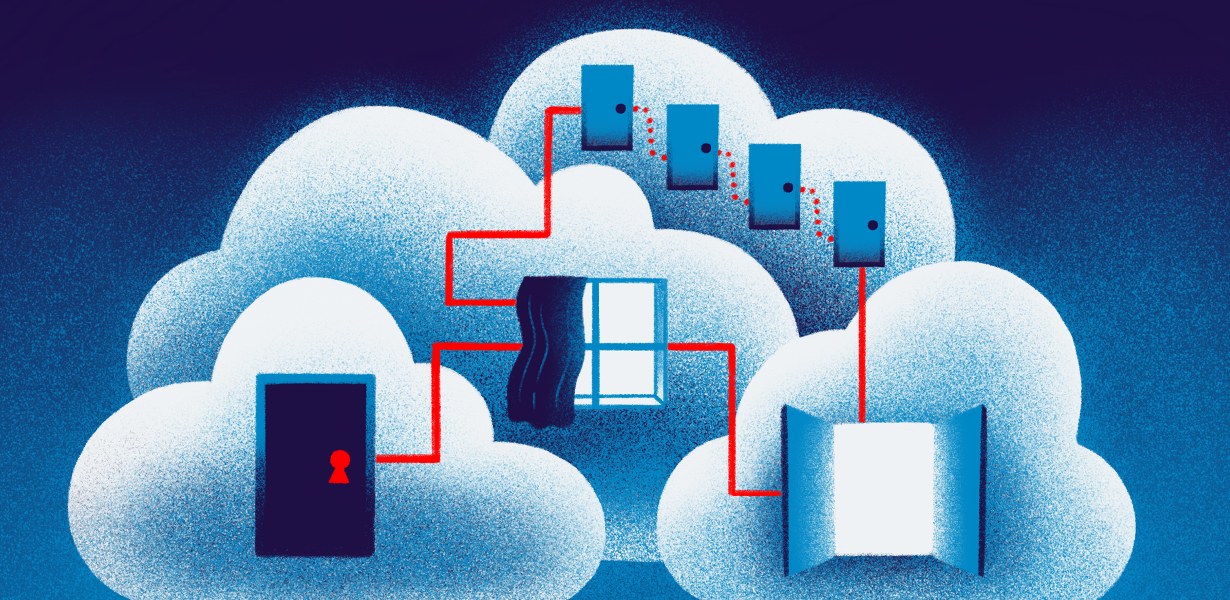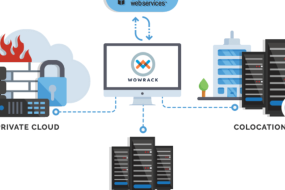
In the era of big data, where information flows incessantly, businesses and organizations are grappling with the challenge of optimizing object storage performance. Object storage, known for its scalability and versatility, provides an efficient way to store vast amounts of data. However, the need for faster access, improved data retrieval, and enhanced performance has led to the integration of artificial intelligence (AI) and machine learning (ML) into the cloud. In this blog, we’ll explore how this integration is revolutionizing the object storage landscape and driving performance to new heights.
The Power of AI and Machine Learning in Object Storage
AI for Data Categorization and Metadata Management
AI plays a pivotal role in object storage by automating data categorization and enhancing metadata management. By analyzing data content, AI can intelligently categorize objects, making it easier to retrieve and manage data efficiently. With AI’s assistance, object storage becomes more than just a repository; it becomes a smart data management solution.
ML for Predictive Storage Optimization
Machine learning algorithms can predict storage utilization patterns and resource requirements. This enables proactive adjustments to storage configurations, ensuring that resources are allocated efficiently, and performance bottlenecks are minimized. ML-driven object storage is adaptive and responsive to evolving data demands.
The Advantages of AI and ML in Object Storage
Improved Data Accessibility
AI and ML-driven object storage systems offer enhanced data accessibility. With intelligent data categorization and predictive retrieval, users can quickly find the information they need, making data-driven decision-making more efficient.
Scalability with Precision
Traditional object storage systems require manual resource allocation, which can be challenging when dealing with growing data volumes. AI and ML algorithms enable object storage to scale dynamically, allocating resources precisely where needed and ensuring optimal performance.
Use Cases and Applications
Content Delivery Networks (CDNs)
AI and ML-driven object storage enhance CDN performance. By predicting content demand and optimizing content delivery, CDNs can deliver data more efficiently to users around the world.
Data Analytics
In data analytics, quick access to large datasets is crucial. AI and ML-driven object storage systems provide rapid data retrieval, making it easier for analysts to extract insights and make informed decisions.
Final Words
The integration of AI and machine learning into object storage is revolutionizing the way organizations manage data. By enhancing data accessibility, scalability, and predictive performance optimization, AI and ML-driven object storage solutions are paving the way for a more efficient and data-driven future.
Commonly Asked Questions
Q1: What is the primary advantage of AI and ML in object storage?
The primary advantage of AI and ML in object storage is improved data accessibility and scalability, which enhance the performance of object storage systems.
Q2: How do AI and ML algorithms predict storage utilization patterns?
AI and ML algorithms analyze historical data usage patterns to predict future storage requirements, allowing for proactive adjustments to resource allocation.
Q3: What are the key applications of AI and ML-driven object storage?
AI and ML-driven object storage finds applications in content delivery networks (CDNs) for efficient content delivery and in data analytics for rapid data retrieval.
Q4: How can organizations implement AI and ML in their object storage solutions?
Organizations can implement AI and ML in their object storage solutions by working with technology providers or developing in-house solutions that align with their specific data management needs.
Q5: Is AI and ML-driven object storage suitable for small businesses?
AI and ML-driven object storage can benefit businesses of all sizes. Small businesses can leverage these technologies to enhance data management, making it more efficient and cost-effective.
Advertisement







